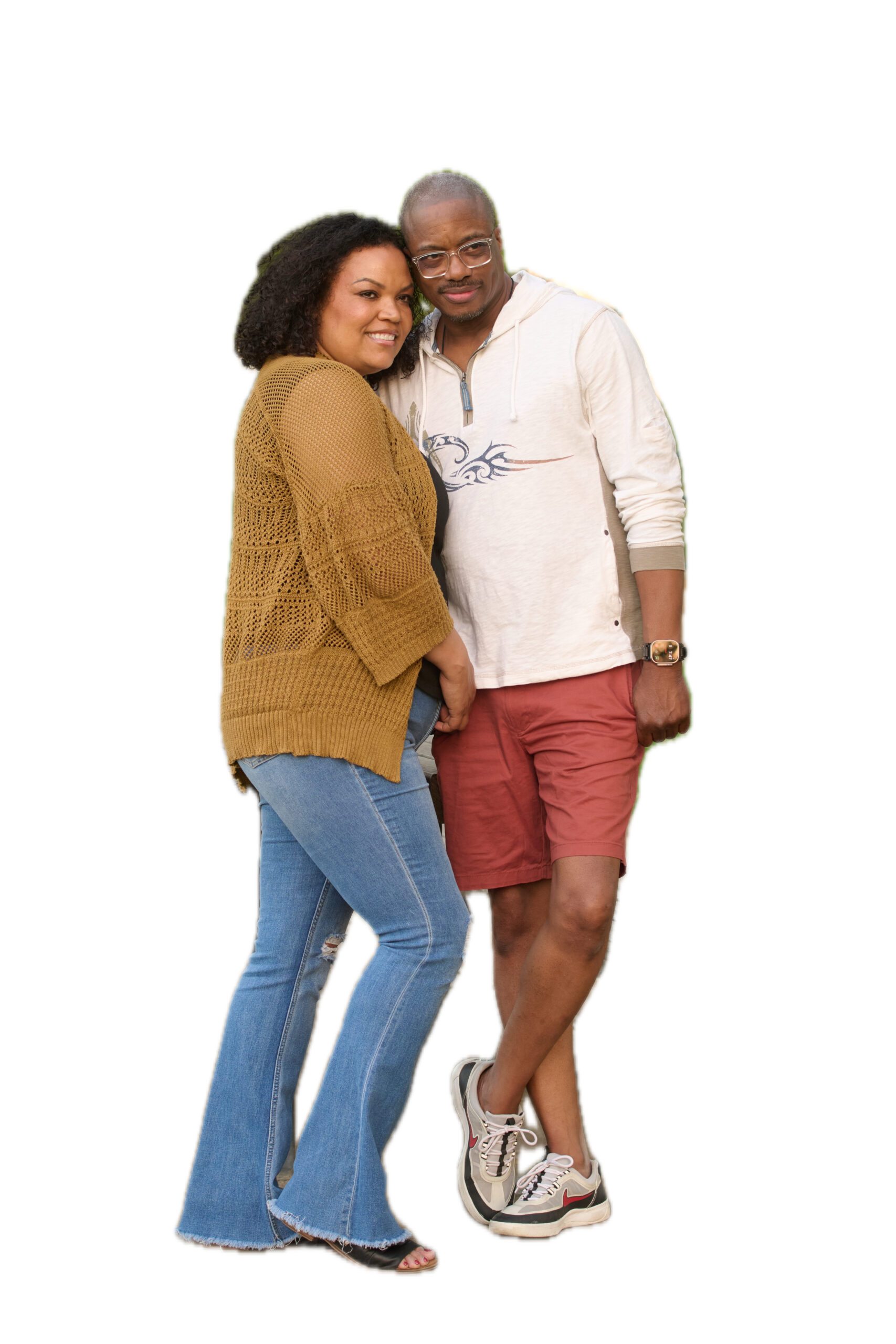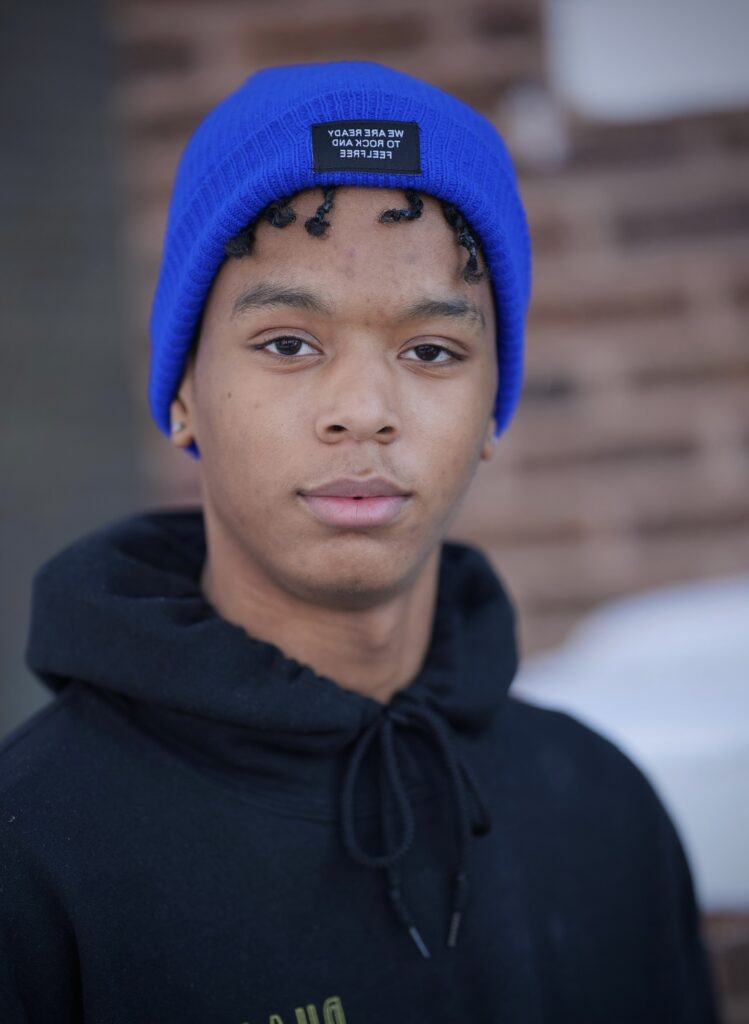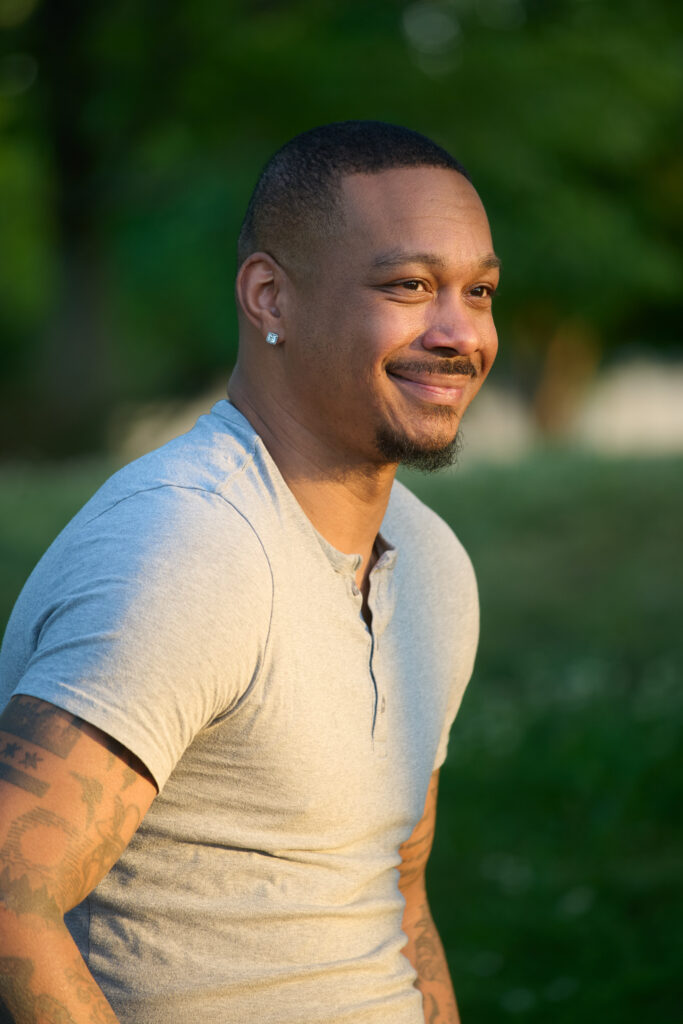
Hello World! Let’s GO!
For years, my voice lived in cameras, microphones, and client calls—but not here.
There’s a particular kind of silence that settles over a website when you stop feeding it. Not the silence of abandonment, but something more deliberate. A pause that turns into months, then years, while the world keeps spinning and your work continues elsewhere. That’s where FrederickVan.com has been—not dead, but dormant. Waiting for the right moment to wake up with something worth saying.
This is that moment.
The Chapter That Was
Let me catch you up quickly. My path through the creative world took me from combat zones with a camera to the stages of This Week in Photo, through the SmugMug years building community and content, into the podcast world where conversations became currency. Each phase taught me something essential about what makes creative work sustainable—and what burns it down.






The milestones are there if you dig: photos that mattered, conversations that resonated, communities that grew beyond their founding moments. But here’s what I learned across all of it: success in creative work isn’t just about the quality of what you make. It’s about the systems that let you keep making it.
Why I Went Quiet
The work was rewarding, but the signal got lost in the noise.
That’s the honest answer. Not burnout in the traditional sense—though there was plenty of exhaustion. Not a crisis of confidence, though doubt showed up uninvited more than once. What drove me offline was simpler and more complex: I couldn’t see the forest anymore. Just an endless succession of trees, each demanding immediate attention.
Every platform wanted fresh content. Every algorithm demanded optimization. Every audience expected consistency. And somewhere in the middle of feeding all those machines, I realized I’d become a node in someone else’s network instead of building my own.
So I stepped back. Not to quit, but to think. To watch what happened when I stopped performing and started observing. To see what parts of the creative economy actually served creators and what parts just extracted value from them.
The break wasn’t planned as anything profound. It just was. But it turned out to be the most educational period of my career.
The Turning Point
Here’s what changed everything: I started treating my creative business like an actual system instead of a series of inspired moments.
Sounds obvious, right? But most creatives—myself included—operate on a fundamentally romantic model. We believe in the power of the idea, the magic of the moment, the lightning strike of inspiration. And those things matter. But they’re not enough. They’re not even close to enough if you want to build something that outlasts your current motivation level.
I spent the silent years reverse-engineering what actually worked. Not what felt good or looked impressive on social media, but what created sustainable output without destroying the person doing the creating. I looked at automation not as a way to replace creativity but as a way to protect it. I dove into AI not because it was trendy but because it fundamentally changed what was possible for a small operation to accomplish.
The result of all that thinking is VanOS—my framework for building creative businesses that run on intelligence instead of adrenaline. It’s not a product I’m selling you; it’s the operating system I built for myself and now use with every client and project.
What’s Different Now
Everything and nothing.
The tools have changed. I’m building with AI and automation in ways that weren’t possible five years ago. The WordPress sites I’m running aren’t just content repositories—they’re living systems that work while I sleep. The workflows I’ve designed eliminate entire categories of friction that used to eat hours every day.
But the mission is the same: help creative people build businesses that let them do their best work without burning out or selling out.
My background—combat photojournalism, content creation, community building—taught me how to work under pressure, how to find stories worth telling, and how to build audiences that actually care. Now I’m applying those lessons to a different problem: how do we navigate the creative economy when the rules keep changing, the platforms keep shifting, and the only constant is acceleration?
The answer isn’t to work harder. It’s to work smarter. To build systems that scale without you having to scale with them. To use technology not as a replacement for craft but as a force multiplier for it.
What I’m Building
The next phase of FrederickVan.com isn’t about one thing. It’s about an ecosystem.
MediaBytes is where I’m documenting what actually works in digital content right now. Not theory, not best practices from 2019—what’s working today when I test it with real projects and real stakes.
Creative Skill Sets is about closing the gap between traditional creative training and the modern tools that are reshaping what’s possible. It’s for people who know their craft but need to understand the systems around it.
The consulting work I’m doing helps creative businesses implement these ideas in the real world—building their VanOS, automating their chaos, finding the leverage points that let small teams compete with operations ten times their size.
And the community I’m cultivating is for people who are done with hype and ready for substance. Who want depth over noise. Who understand that the future of creative work belongs to people who can think in systems, not just in moments.
This isn’t about following trends. It’s about building infrastructure.
What The Silence Taught Me
Stepping back made me see the system behind the stories.
When you’re inside the content machine, feeding it daily, you lose perspective. Everything feels urgent. Every opportunity feels like it might be the last one. You optimize for attention instead of impact, for volume instead of value.
The break taught me that silence is data. That the absence of your voice lets you hear what’s actually being said. That sometimes the most productive thing you can do is nothing—just watch, listen, and think.
It also taught me about sustainability. The creative careers that last aren’t built on hustle. They’re built on systems that make the work easier over time instead of harder. They’re built on knowing when to push and when to pause. They’re built on infrastructure that outlasts inspiration.
To everyone who stayed—who kept FrederickVan.com bookmarked even when it wasn’t updating, who remembered the podcast, who wondered what happened—thank you. Your patience is about to be rewarded with something better than what was here before.
And to everyone just finding me now: you’re right on time.
Where We Go From Here
If you’re ready to build smarter, create freer, and automate the chaos, you’re in the right place.
This isn’t going to be a content treadmill. I’m not going to post three times a week just to feed an algorithm. What you’ll find here is substance—deep dives into what’s actually working, systems you can implement, frameworks that scale, and honest assessments of what’s hype and what’s real in the creative technology space.
The newsletter is where the real work happens. That’s where I share what I’m building, what I’m learning, and what I’m testing before it shows up anywhere else. Sign up here if you want in.
The blog will be updated when there’s something worth saying. Which, after years of silence, turns out to be pretty often.
Welcome back. Or just welcome. Either way, let’s build something that lasts.
Frederick Van Johnson
October 20, 2025
